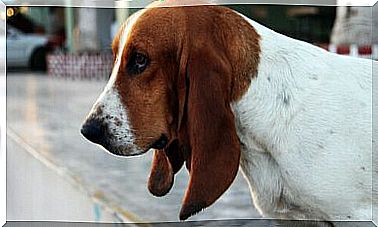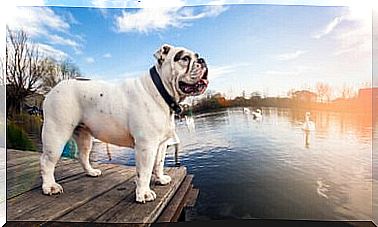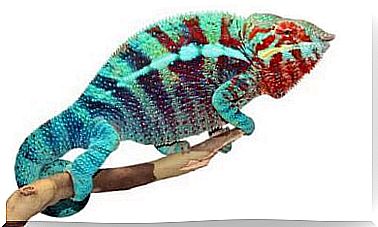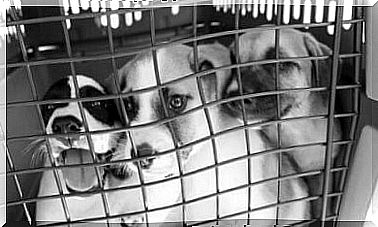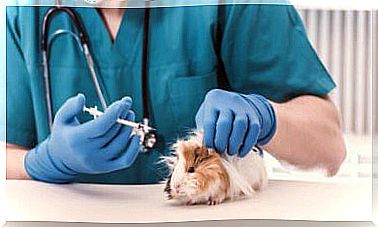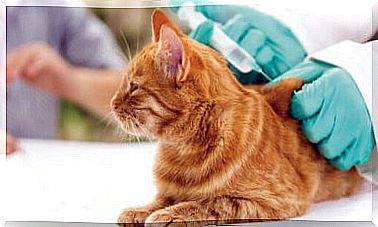Urinary Incontinence In Dogs: Know How To Act
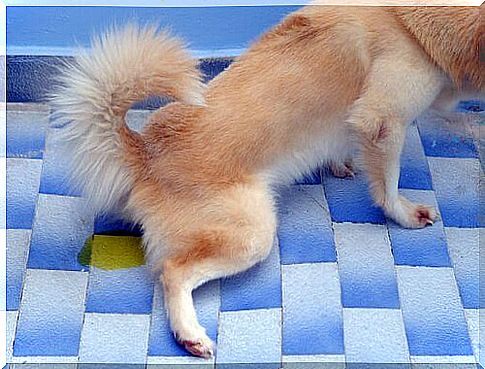
When our animal can’t “bear” the urge to urinate, a problem may be occurring in its bladder. Therefore, it is very important to learn about urinary incontinence in dogs, when it appears, its causes and forms of treatment. Below you will find valuable information on the subject.
Causes and symptoms of urinary incontinence in dogs
This problem can present as small “leaks” of urine to involuntary urination in large quantities. Although urinary incontinence in dogs is more common in the elderly, large breeds and spayed females, any dog can have it at some point in its life.
First, it is important to identify the symptoms of this disease, which go beyond involuntary urine leakage. For example, note whether your pet excessively licks the genital area, whether the area of the lower abdomen is continually moist, or whether there is inflammation or redness around the dog’s vulva or penis.
In addition, it is good to observe the pet’s personal belongings, as it is common to have urine stains or small puddles in their bed, blanket and toys. There will not always be a strong odor after this type of urination. Therefore, it is necessary to know the main causes of urinary incontinence in dogs. Obesity and old age are the most frequent, but not the only ones.
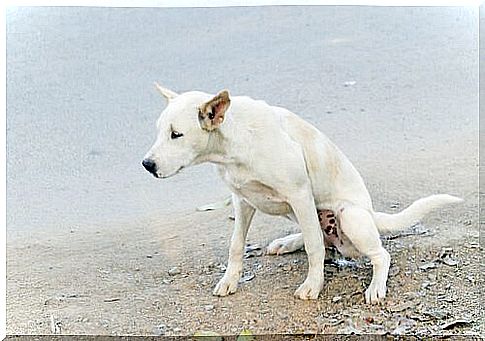
- Hormonal Imbalances
- Spinal cord injuries
- urinary infections
- Prostate disorders (in males)
- birth defects
- Overactive Bladder Syndrome
Treatment of urinary incontinence in dogs
When confirming that your pet suffers from urinary incontinence – or even if you are still suspicious – the immediate step is to go to the vet. The practitioner will be responsible for diagnosing and determining the cause of the involuntary incontinence.
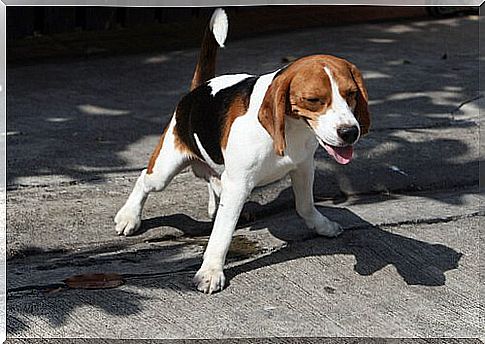
The veterinarian will likely perform physical examinations and urine tests to determine if there is any type of infection. In case the animal ingests a lot of water and cannot stand the urge to urinate, it is possible that blood tests are done to rule out the possibility of a disease that increases thirst, such as diabetes.
Other tests can be abdominal ultrasound and radiography. Its goals are to analyze if there is any type of injury at the abdominal or bone level.
Urinary incontinence in dogs can be treated with specific medications. Some cases make use of estrogens, such as estriol, which are in charge of closing the passage of urine through the urethra. Estriol is used in cases of females after sterilization.
A non-hormonal treatment used by veterinarians includes the use of phenylpropanolamine, which strengthens the closure of the urethral sphincter. All treatments are administered orally (pills or drops). If nothing works, the doctor may recommend collagen injections or surgery.
There are ways to prevent our dog from urinating anywhere, whether he has the disease or not. Some examples are putting more blankets or towels on your bed, going out more often, and dressing your bed in special diapers. In addition, we must not forget to ensure the animal’s hygiene, preventing infections and swelling in the genital area.


